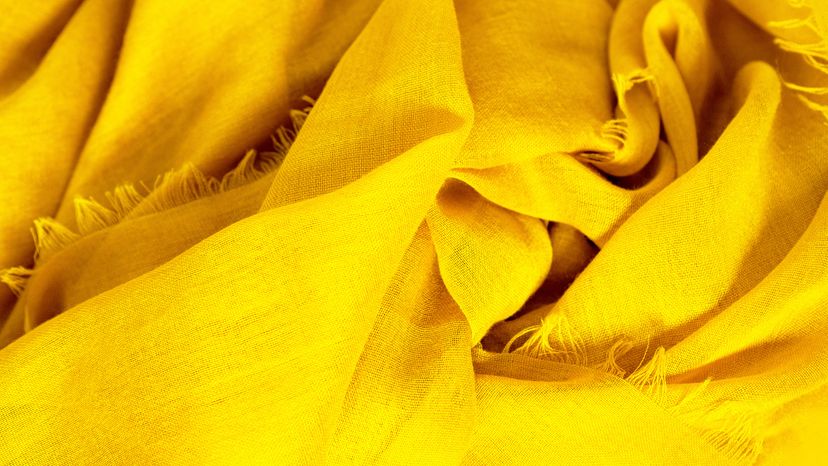
Viscose, a semisynthetic fiber, is the most common type of rayon fabric. It's become a staple in the textile industry due to its versatility and affordability. Derived from cellulose and wood pulp, viscose can mimic the luxurious feel of silk while offering the practicality of cotton.
The first commercial viscose rayon marked a significant advancement in textile manufacturing, though the use of toxic chemicals in the development process remains a concern. Ensuring responsible handling of these substances is crucial to mitigating environmental and health impacts.
Advertisement
Let's dive into what this rayon fiber is, its various uses, how it’s made and the best ways to care for it.